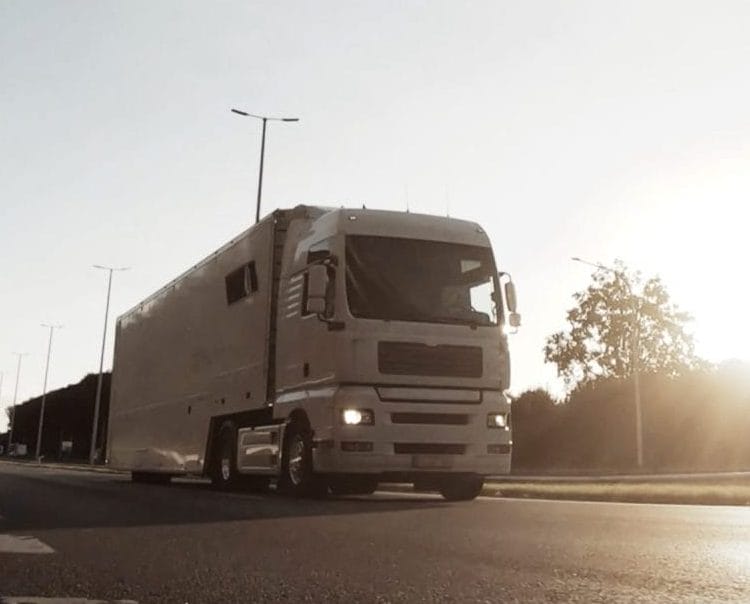EN



From electrification, autonomous vehicles, in-vehicle AI and connected fleet management to new automotive regulations and an increased focus on sustainability – the fleet industry is currently undergoing an intense period of change. Whether you’re a fleet manager or a driver, a vehicle manufacturer or an insurance agent, navigating this evolving industry is perhaps more complicated than ever before – but also essential to staying competitive in an ever-growing industry.
As the lines between hardware and software blur, technological advancements create a ripple effect throughout the industry, affecting everything from road safety and operational efficiency to legislation and the intricate balance of financial considerations. Fueled by new regulations and updated standards for safety, the fleet industry inevitably enters a new era.
For some fleet managers and vehicle manufacturers, certain aspects of this change can feel overwhelming at times. Safety concerns have never been more paramount, environmental and regulatory pressures continue to mount, and the need for innovation in the face of these challenges has never been more urgent. Fleet managers must grapple with complex decisions that balance safety, sustainability, and efficiency, while vehicle manufacturers must strive to meet the ever-evolving demands of their customers and the law.
But for those willing to embrace this industry transformation, the opportunities brought by new technologies far outweigh the initial concern of adopting them. Now more than ever, innovative safety features become a key consideration for decision-makers as they discover ways to thrive in this new environment.
One of the safety technologies at the center of this development is camera-based driver support systems, or Driver Monitoring Systems (DMS), which are rapidly establishing themselves as an indispensable part of modern vehicles.

In-cabin driver support systems tackle the most common causes of driver error: distraction and drowsiness, both responsible for thousands of fatal road crashes every year. Using sensors and AI-based algorithms, this advanced technology helps drivers perform at their very best – saving lives and preventing injury.
Driven by legislation and regulation, much is pointing to these kinds of systems soon becoming mandatory in all vehicles – including fleet vehicles.
To learn more, download the latest Smart Eye eBook, where we delve deep into a technology that will eventually be a part of all our lives, getting to know the complex software at its core, the legislation surrounding it, and its multi-faceted benefits on safety, financial health and efficiency.
Click here to download The Ultimate Guide to Driver Monitoring Systems in the Fleet Industry.
– Blog: How Smart Eye Can Help Bus and Truck Manufacturers Navigate Upcoming GSR Requirements
– Blog: Advanced Driver Distraction Warning (ADDW) Systems: How will the EU’s GSR Improve Road Safety?
– Blog: 5 Ways Any Vehicle Benefits from a Driver Monitoring System (DMS)
– Blog Series: How the EU is Making Driver Monitoring Systems (DMS) Mandatory on European Roads
– eBook: Fit to Drive? 5 Key Insights into the State of Intoxicated Driving Research
